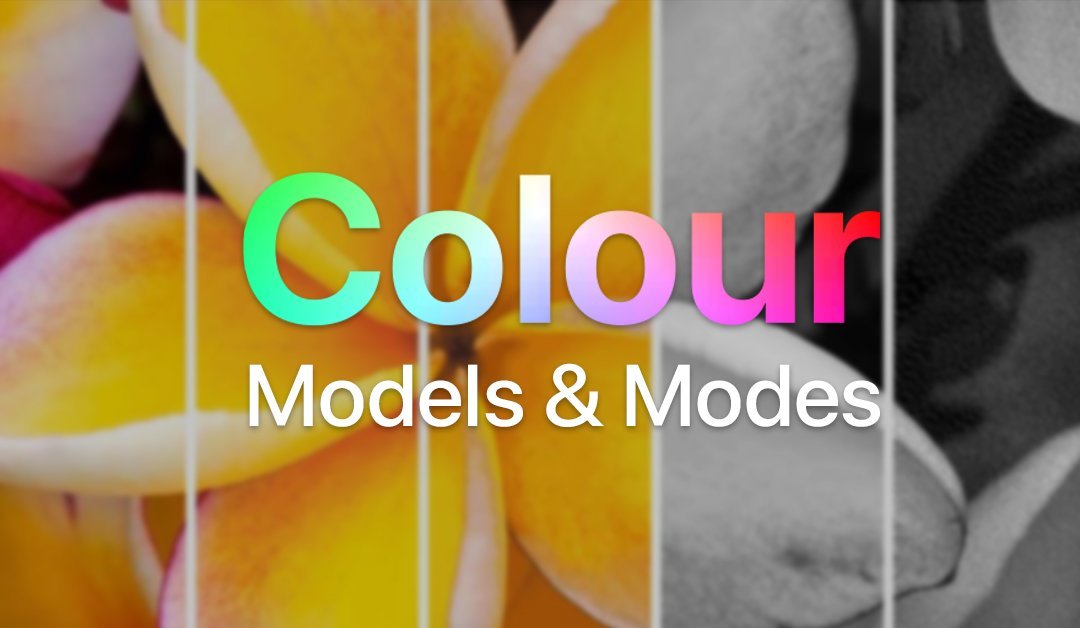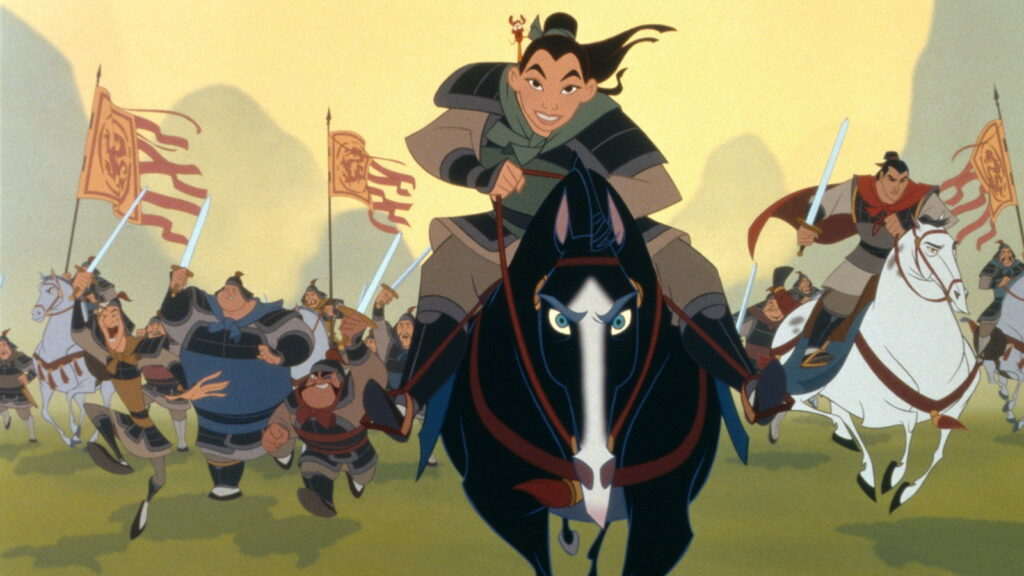- A colour model is an abstract mathematical model describing the way colours can be represented as tuples of numbers.
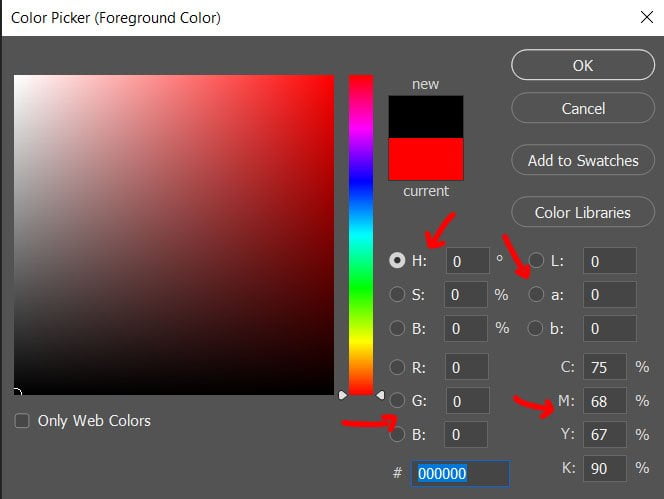
Different colour models:
- RGB
- CMYK
- HSL
- HSV
A colour mode determines how colours combine based on the number of channels in a colour model. Different color modes result in different levels of colour detail and file size. For instance, use CMYK colour mode for images in a full-color print brochure, and use RGB colour mode for images in web or e-mail to reduce file size while maintaining color integrity.
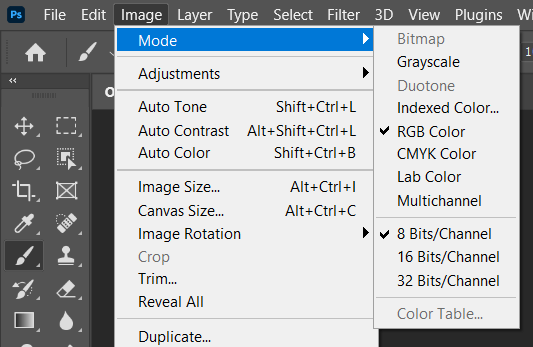
Different colour modes:
- RGB mode (millions of colors)
- CMYK mode (four-printed colors)
- Index mode (256 colors)
- Grayscale mode (256 grays)
- Bitmap mode (2 colors)
- Lab mode
RGB: Red, Green and Blue
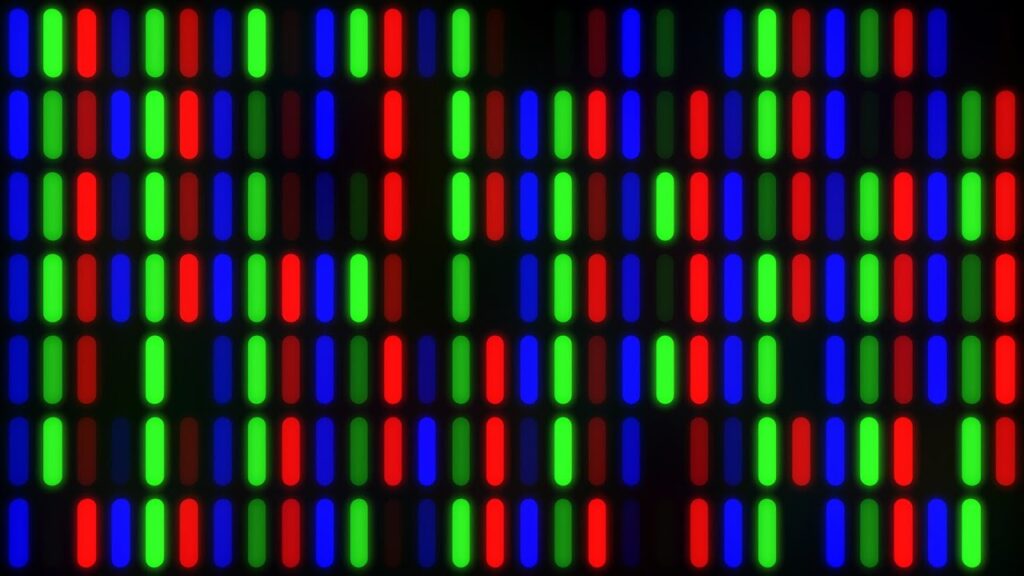
The RGB colour model is an additive colour model in which the red, green, and blue primary colours of light are added together in various ways to reproduce a broad array of colours. The name of the model comes from the initials of the three additive primary colours, red, green, and blue.
The main purpose of the RGB colour model is for the sensing, representation, and display of images in electronic systems, such as televisions and computers, though it has also been used in conventional photography. Before the electronic age, the RGB colour model already had a solid theory behind it, based on human perception of colours.
The RGB colour model is additive in the sense that the three light beams are added together, and their light spectra add, wavelength for wavelength, to make the final colour’s spectrum. This is essentially opposite to the subtractive colour model, particularly the CMYK colour model, that applies to paints, inks, dyes, and other substances whose color depends on reflecting the light under which we see them. Because of properties, these three colours create white, this is in stark contrast to physical colours, such as dyes which create black when mixed.
CMYK: Cyan, Yellow, Magenta and Key (Black).
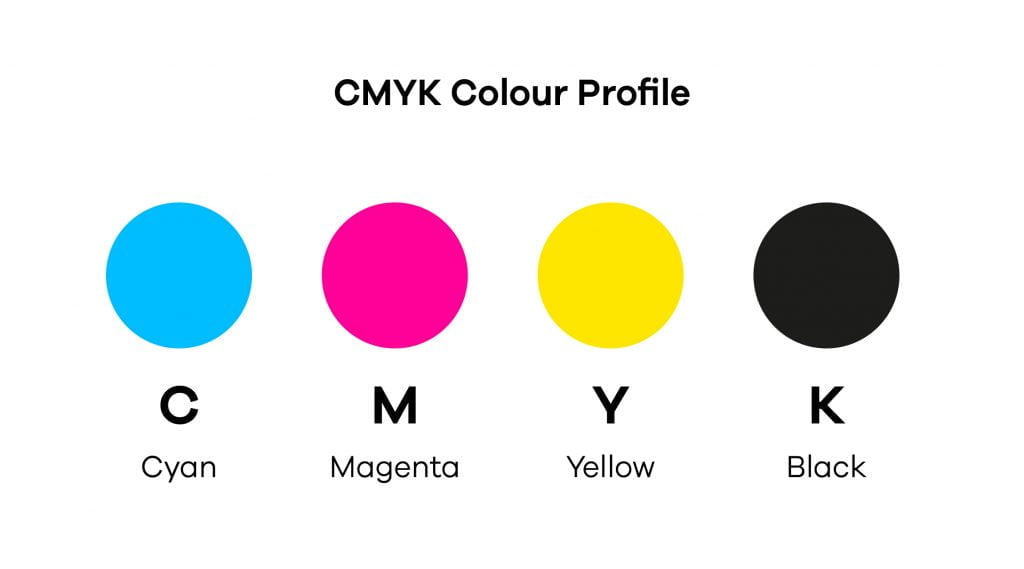
CMYK is used for printing. The CMYK color model is a subtractive color model CMYK refers to the four colour ink: cyan, magenta, yellow, and key (black).
The CMYK model works by partially or entirely masking colors on a lighter, usually white, background. The ink reduces the light that would otherwise be reflected. Such a model is called subtractive because inks “subtract” the colors red, green and blue from white light. White light minus red leaves cyan, white light minus green leaves magenta, and white light minus blue leaves yellow.
In additive color models, such as RGB, white is the “additive” combination of all primary colored lights, black is the absence of light. In the CMYK model, it is the opposite: white is the natural color of the paper or other background, black results from a full combination of colored inks. To save cost on ink, and to produce deeper black tones, unsaturated and dark colors are produced by using black ink instead of the combination of cyan, magenta, and yellow.
Grayscale

Grayscale consists of different shades of grey in an image. In digital formats, every pixel within a greyscale image contains a value ranging from 0 (black) to 255 (white). In print formats, the greyscale values are measured by the percentage of black ink that ranges from 0% (white) to 100% (black).
HSB
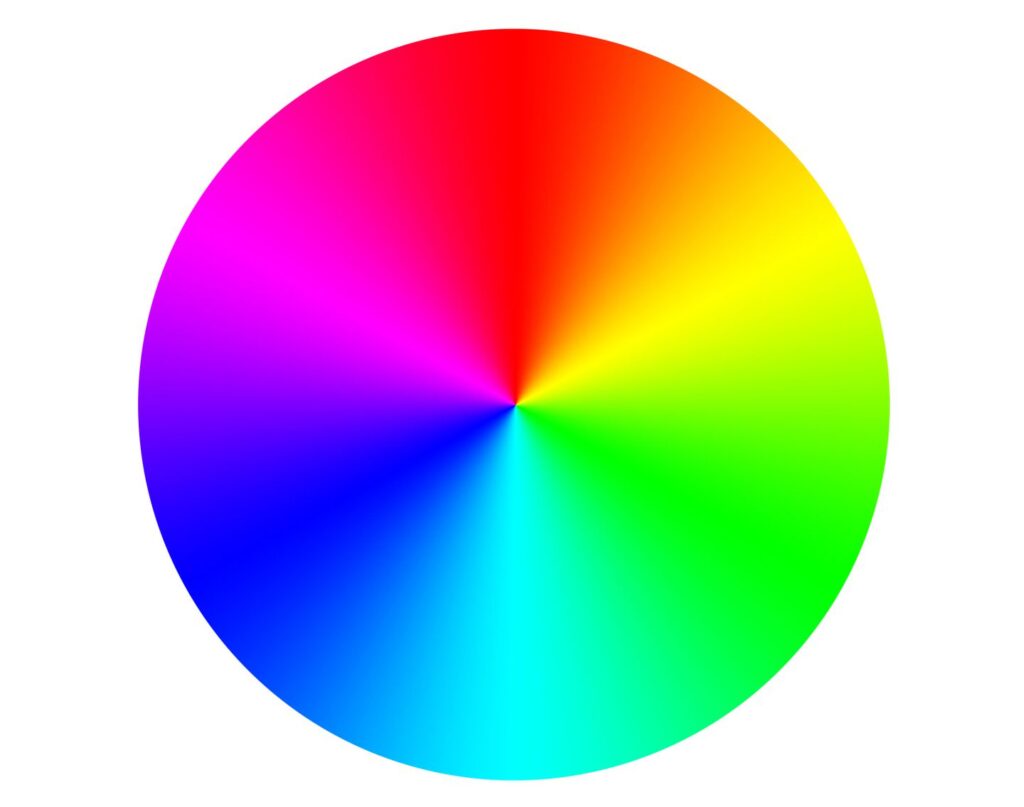
HSB: Hue, Saturation and Brightness.
According to this model, any colour is represented by 3 numbers. The first number is the hue, and its value ranges from 0 to 360 degrees. Each degree represents a distinct colour. First, there is the red colour (0 or 360 degrees) and then there are all other colours (for example yellow at 120 degrees, green at 180 degrees and blue at 240 degrees), up to the violet colour. All the rainbow’s colours are represented here. The second number is the saturation. It represents the amount of colour or, more exactly, its percentage. Its value ranges from 0 to 100, where 0 represents no colour, while 100 represents the full colour. Finally, the third number is the brightness. You can enhance the colour brightness by adding the white colour, or you can reduce it by adding the black colour. In this case, 0 represents the white colour and 100 represents the black colour. The more this value tends to 0, the brighter the colour is. The more this value tends to 100 the darker the colour is.
LAB

Lab stands for Luminance or Lightness, channel a and channel b. It’s a global colour model where you can specify any given colour by giving numeric values across these three different channels to edit image colours. This model was designed to be device-independent. In other words, by means of this model, you can handle colours regardless of specific devices (such as monitors, printers, or computers).
For example, RGB shows how much Red, Green, and Blue needs to be displayed to show the correct colour on a digital screen and CMYK values show how much colour is needed for a four-colour print.
The Lab colour mode is designed to approximate human vision. How much colour there is on the green to red axis combined with how much colour there is on the blue to a yellow axis, combined with a lightness value from light to dark. To learn more about LAB colour and how to use it, check out this article here.
Indexed Colour
Indexed Color mode produces 8‑bit image files with up to 256 colours. When converting to indexed colour, Photoshop builds a colour lookup table (CLUT), which stores and indexes the colours in the image.
Bitmap
Bitmap mode uses one of two colour values (black or white) to represent the pixels in an image. Images in Bitmap mode are called bitmapped 1‑bit images because they have a bit depth of 1.
